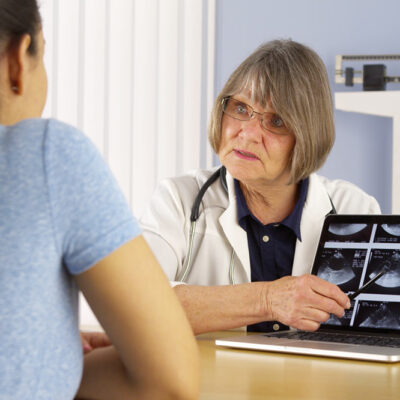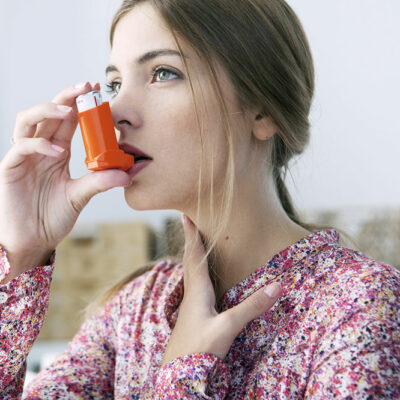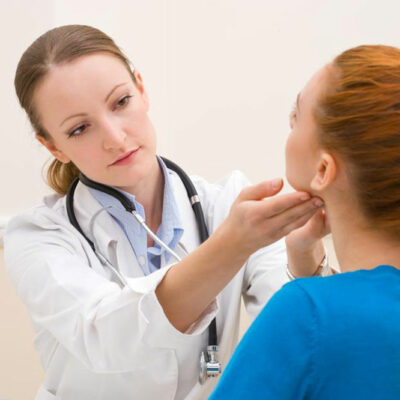
Health
Treatment Options for Alcohol and Substance Abuse
Use and abuse of alcohol and substance can have serious consequences. Alcoholics are more likely to use other substances as well, including prescription or illicit drugs like cocaine, heroin, ecstasy, and marijuana. There are effective treatment options available that people can adopt if they want to get rid of these toxic addictions. However, treatment options for alcohol and substance abuse can differ depending on the individual case. Therefore, only medical professionals can decide what is best for whom. This article lists some of the most commonly used options to treat patients of alcohol and substance abuse. Drug and alcohol detox Detox is perhaps the first step towards quitting since the process involves almost total cut off from the source of addiction. It can be discomforting and painful at first, but with the help and assistance of medical professionals, people suffering from these conditions can get better. Medications It is one of the most sought-after choices when it comes to treatment options for alcohol and substance abuse. Medication makes drinking and using drugs less enjoyable, so one does not want to do it anymore. Some medicines keep the fear of relapse at bay. Behavioral remedy Counseling can work wonders for people dealing with drug and alcohol addiction.
Read More 















